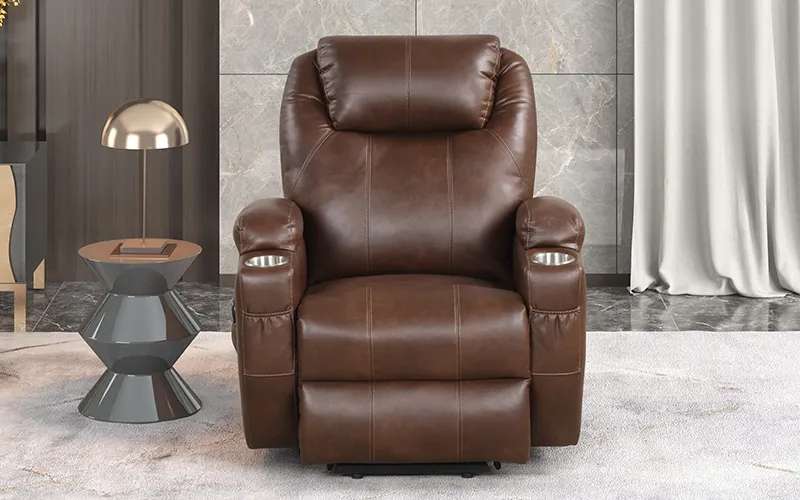5 Considerations During Plantation Window Shutters Installation
Plantation shutters add elegance and functionality to any home, offering superior control over light, privacy, and even insulation. Installing them requires more than a simple choice of style; it involves careful planning and precise execution.
Here are five key considerations to ensure a smooth and successful plantation shutter installation.
1. Choosing the Right Material
The material of your plantation shutters significantly influences their durability, appearance, and suitability for different environments. Common options include wood, composite, and vinyl. Wood shutters, known for their classic, high-end look, can be stained or painted to match your décor. However, they require more maintenance and can be prone to warping in high humidity.
Composite shutters, or faux wood, replicate the appearance of wood but are more resistant to moisture and warping, making them a practical choice for kitchens and bathrooms. Vinyl shutters, the most affordable and durable, are moisture-resistant and easy to clean, though they may not offer the same traditional charm as wood.
Your decision for plantation window shutters installation should balance your budget, the specific conditions of the room, and your aesthetic preferences.
2. Measuring for a Precise Fit
Accurate measurements are critical for a seamless plantation shutter installation. They ensure that the shutters fit snugly within or over your window frames, functioning correctly and looking polished. You must decide between an inside mount, where the shutters fit within the window frame, or an outside mount, where the shutters are mounted on the wall outside the frame.
Inside mounts provide a clean, integrated look ideal for windows with sufficient depth. Outside mounts can make windows appear larger and are suitable for shallow or uneven frames.
3. Selecting the Proper Louver Size
The size of the louvers and the horizontal slats of the shutters affect both the appearance and functionality of your shutters. Louvers typically range from 1.25 inches to 4.5 inches in width. Smaller louvers offer a traditional aesthetic and provide better light control when closed, making them suitable for smaller windows and rooms where a classic look is desired.
Larger louvers create a more contemporary, open appearance and allow more light when open, ideal for larger windows or spaces where a modern style is preferred.
4. Considering Tilt Options
Tilt mechanisms, which control how the louvers open and close, come in two main types: traditional tilt rods and hidden tilt rods. Traditional tilt rods are visible on the front of the shutters and are moved up and down to adjust the louvers.
They offer a classic appearance but can obstruct the view when the shutters are open. Hidden tilt rods, located on the back of the shutters, provide a cleaner, more modern look and allow for an unobstructed view. Your choice between traditional and hidden tilt rods should be guided by your aesthetic preferences and how much of an open view you desire.
5. Planning for Maintenance and Durability
The longevity and appearance of your plantation shutters and window installation depend on understanding and planning for their maintenance needs. Wood shutters require regular dusting and occasional polishing to maintain their finish and should be kept dry to prevent warping.
Composite shutters demand minimal maintenance, typically needing only dusting or wiping with a damp cloth. Vinyl shutters are the easiest to care for, usually requiring just dusting and occasional cleaning with soapy water.




